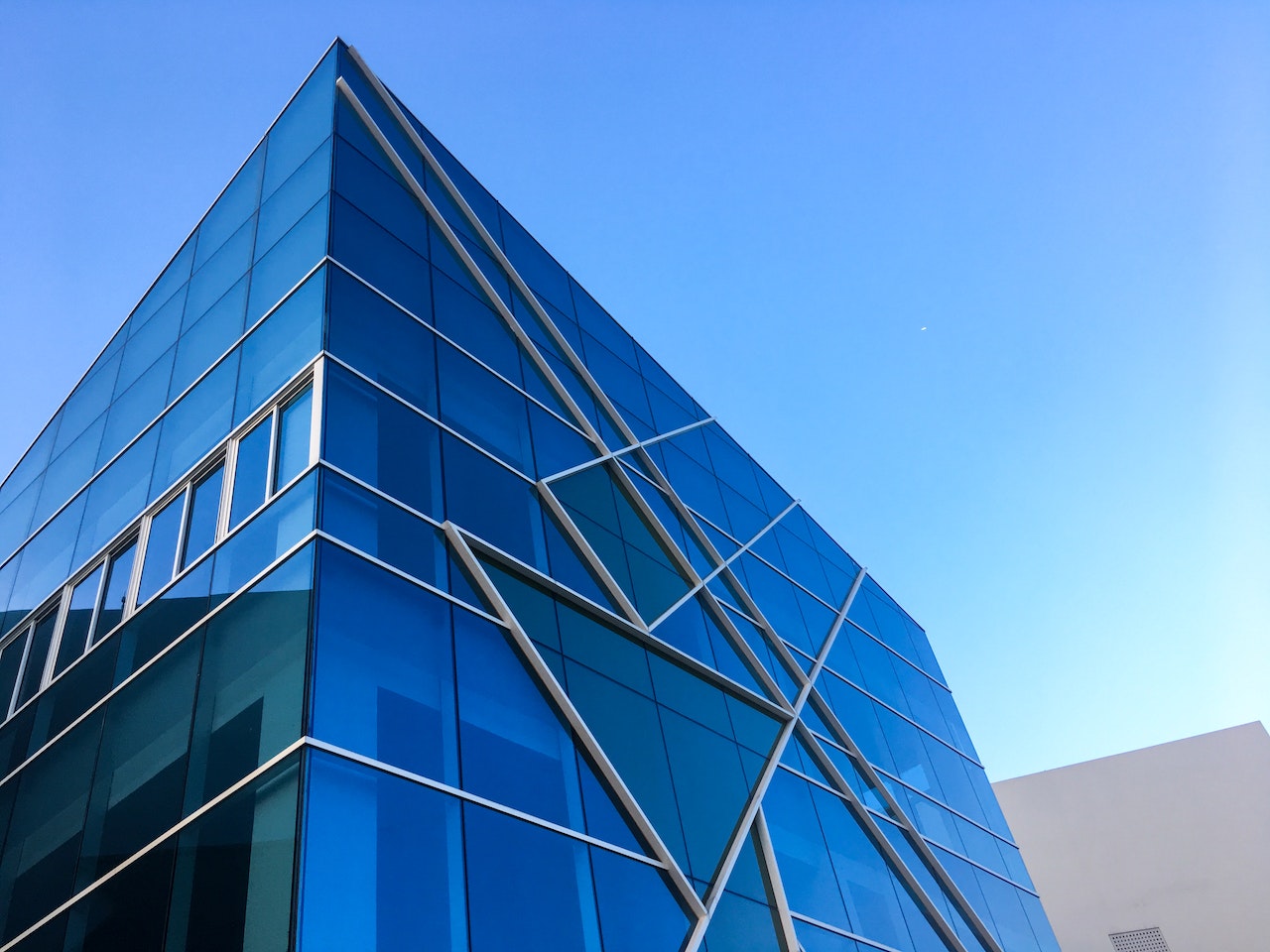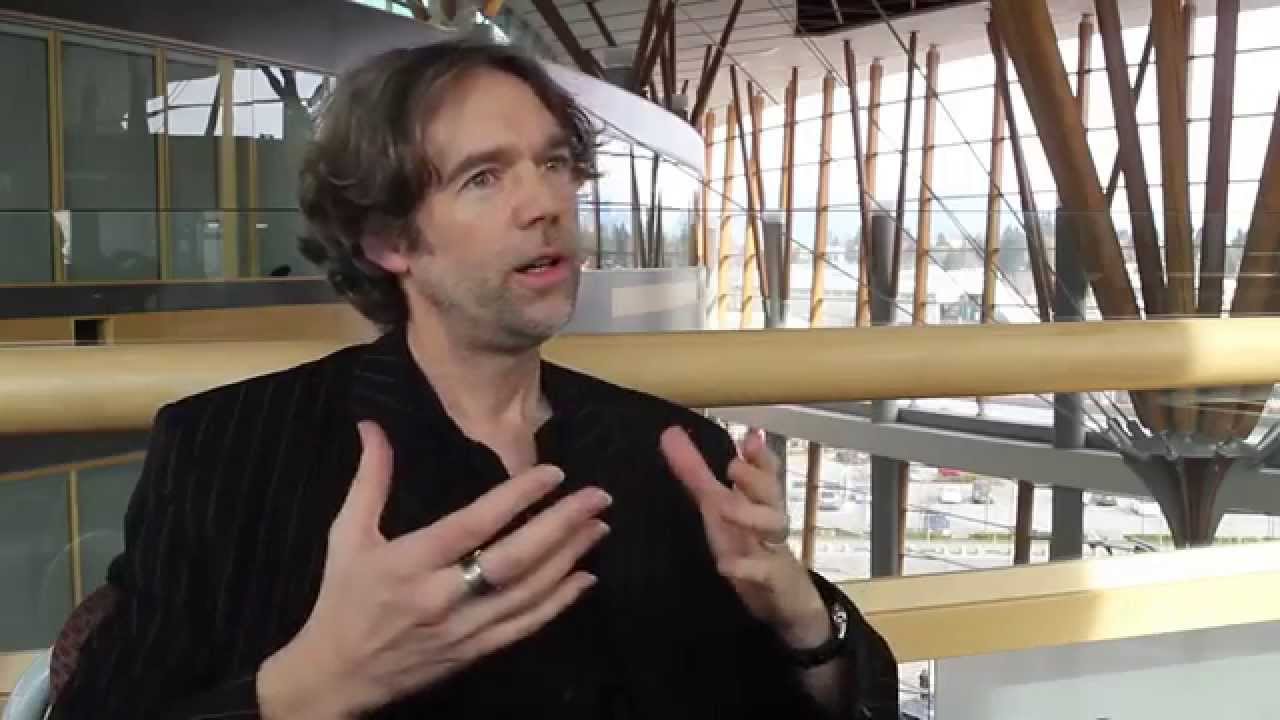The Impact Of Virtual Reality On Architectural Design - Revolutionizing Design Visualization In Architecture
The impact of virtual reality on architectural design has revolutionized several industries, and architecture is one of them. Architects have been using VR technology to create 3D models of buildings and spaces for a while now. Virtual reality is a powerful tool that has had a profound impact on architectural design.
Author:George EvansMar 13, 20236 Shares748 Views

The impact of virtual reality on architectural designhas revolutionized several industries, and architecture is one of them. Architects have been using VR technology to create 3D models of buildings and spaces for a while now.
Virtual reality is a powerful tool that has had a profound impact on architectural design. This essay will discuss the impact of virtual reality on architectural design, covering the benefits and drawbacks of using VR technology in architecture.
The Impact Of Virtual Reality On Architectural Design
Virtual reality (VR) technology has transformed the field of architectural design in recent years. VR technology has become increasingly accessible and affordable, allowing architects to create highly accurate and immersive 3D models of buildings, spaces, and landscapes.
This technology enables architects to visualize their designs in a way that was not possible before, giving clients and stakeholders a more realistic understanding of the design.
This section will provide an overview of the ways in which VR technology has impacted architectural design, including visualization, collaboration, communication, cost savings, and sustainable design.
Improved Visualization
Virtual reality technology allows architects to create highly accurate 3D models of buildings, spaces, and landscapes.
VR software enables architects to create lifelike simulations of their designs and immerse clients, stakeholders, and other project team members into their designs. With virtual reality technology, it is possible to experience a building or space before it is built.
Enhanced Collaboration
Virtual reality technology allows for enhanced collaboration between architects, clients, and other stakeholders. Architects can share their designs with clients and stakeholders in a more interactive way, and clients can experience the design in a more realistic way.
Clients can offer feedback on the design, and architects can make changes in real time, reducing the time and cost of the design process.
Better Communication
Virtual reality technology has improved communication between architects and clients. Architects can create virtual reality simulations of their designs and share them with clients who may not have a background in architecture.
Clients can understand the design better, ask questions, and provide feedback, leading to a more efficient design process.
Cost Savings
Virtual reality technology has also led to cost savings in the architectural design process. Virtual reality simulations can identify design flaws and errors before construction begins, reducing the need for costly changes later in the process.
Virtual reality technology has also reduced the need for physical models and mock-ups, saving on material and labor costs.
Sustainable Design
Virtual reality technology can also be used to design sustainable buildings. Architects can create virtual reality simulations that test the energy efficiency of a building's design, allowing them to make changes to reduce the building's carbon footprint.
Virtual reality technology can also be used to simulate natural lighting, allowing architects to optimize the use of daylight and reduce the need for artificial lighting.
Drawbacks Of Virtual Reality In Architectural Design
Virtual reality technology also has some drawbacks. One of the significant drawbacks is the cost of the technology.
Virtual reality technology can be expensive to acquire, and the cost may not be feasible for smaller architectural firms. Additionally, virtual reality technology requires powerful computers and software, which can also be expensive.
Another drawback of virtual reality technology in architectural design is the learning curve associated with it.
Architects may need to spend significant amounts of time learning how to use virtual reality software, and there may be a period of trial and error before they can create simulations that accurately reflect their designs.
Furthermore, the hardware required to use virtual reality technology can be cumbersome and uncomfortable, leading to a less-than-optimal experience for the user.
The Role Of Virtual Reality In Design Visualization
One of the key roles of virtual reality technology in architectural design is in the visualization of designs.
VR technology enables architects to create highly realistic and immersive 3D models of buildings and spaces, allowing clients and stakeholders to experience the design in a way that was not possible before.
This technology also enables architects to test and refine their designs in a virtual environment, making it easier to identify design flaws and errors before construction begins.
Virtual reality technology provides architects with a level of detail and accuracy that is difficult to achieve with traditional 2D design tools. With VR technology, architects can create lifelike simulations of a building's interior and exterior, including lighting, textures, and materials.
Clients and stakeholders can experience the design in a more realistic way, allowing them to provide feedback and make informed decisions about the design.
Furthermore, virtual reality technology allows architects to experiment with different design options and scenarios, making it easier to make changes and iterate on the design.
This technology also allows architects to test different design elements such as lighting, acoustics, and ventilation, providing a more comprehensive understanding of how the design will function in the real world.

Virtual Reality in Architecture Design & Review
Collaborative Design With VR Technology
Virtual reality technology also has a significant impact on collaborative designin architecture. This technology enables architects, designers, engineers, and other stakeholders to work together in a virtual environment, regardless of their physical location.
This allows for more effective collaboration and communication throughout the design process.
Collaborative design with VR technology allows multiple stakeholders to review and provide feedback on the design simultaneously.
For example, architects can work with clients to explore different design options and scenarios, allowing clients to provide feedback and make informed decisions about the design.
Engineers and other specialists can also collaborate with architects to identify and resolve design issues, making it easier to create a more functional and efficient design.
People Also Ask
How Can Virtual Reality Technology Be Used To Promote Sustainable Design?
Virtual reality technology can be used to promote sustainable design by allowing architects to test and refine sustainable design elements such as lighting, acoustics, and ventilation in a virtual environment.
What Is The Learning Curve For Virtual Reality Technology In Architectural Design?
The learning curve for virtual reality technology in architectural design can be steep, requiring architects to learn new software and hardware, as well as new design processes and workflows.
What Is The Future Of Virtual Reality Technology In Architectural Design?
The future of virtual reality technology in architectural design is likely to involve more advanced hardware and software, improved collaboration tools, and greater integration with other design and construction technologies.
How Can Architects Get Started With Virtual Reality Technology In Their Design Practice?
Architects can get started with virtual reality technology in their design practice by investing in the necessary hardware and software, learning new design processes and workflows, and collaborating with other stakeholders to integrate VR technology into their workflow.
Conclusion
The impact of virtual reality on architectural design has had a significant impact on architectural design. Virtual reality technology has improved visualization, collaboration, and communication, and led to cost savings in the architectural design process.
Additionally, virtual reality technology has enabled architects to design sustainable buildings that are energy-efficient and optimized for natural lighting. However, virtual reality technology also has some drawbacks, including the cost of the technology and the learning curve associated with it.
Jump to
The Impact Of Virtual Reality On Architectural Design
Improved Visualization
Enhanced Collaboration
Better Communication
Cost Savings
Sustainable Design
Drawbacks Of Virtual Reality In Architectural Design
The Role Of Virtual Reality In Design Visualization
Collaborative Design With VR Technology
People Also Ask
Conclusion

George Evans
Author
George Anderson, an exceptional architectural designer, envisions and brings to life structures that transcend the realm of imagination. With an unwavering passion for design and an innate eye for detail, George seamlessly blends form and function, creating immersive spaces that inspire awe.
Driven by a deep appreciation for the interplay of space, light, and materials, George's innovative approach redefines the possibilities of architectural design. His visionary compositions leave an indelible mark, evoking a sense of wonder and transforming the built environment.
George Anderson's transformative designs and unwavering dedication continue to shape the architectural landscape, pushing the boundaries of what is possible and inspiring generations to come.
Latest Articles
Popular Articles
